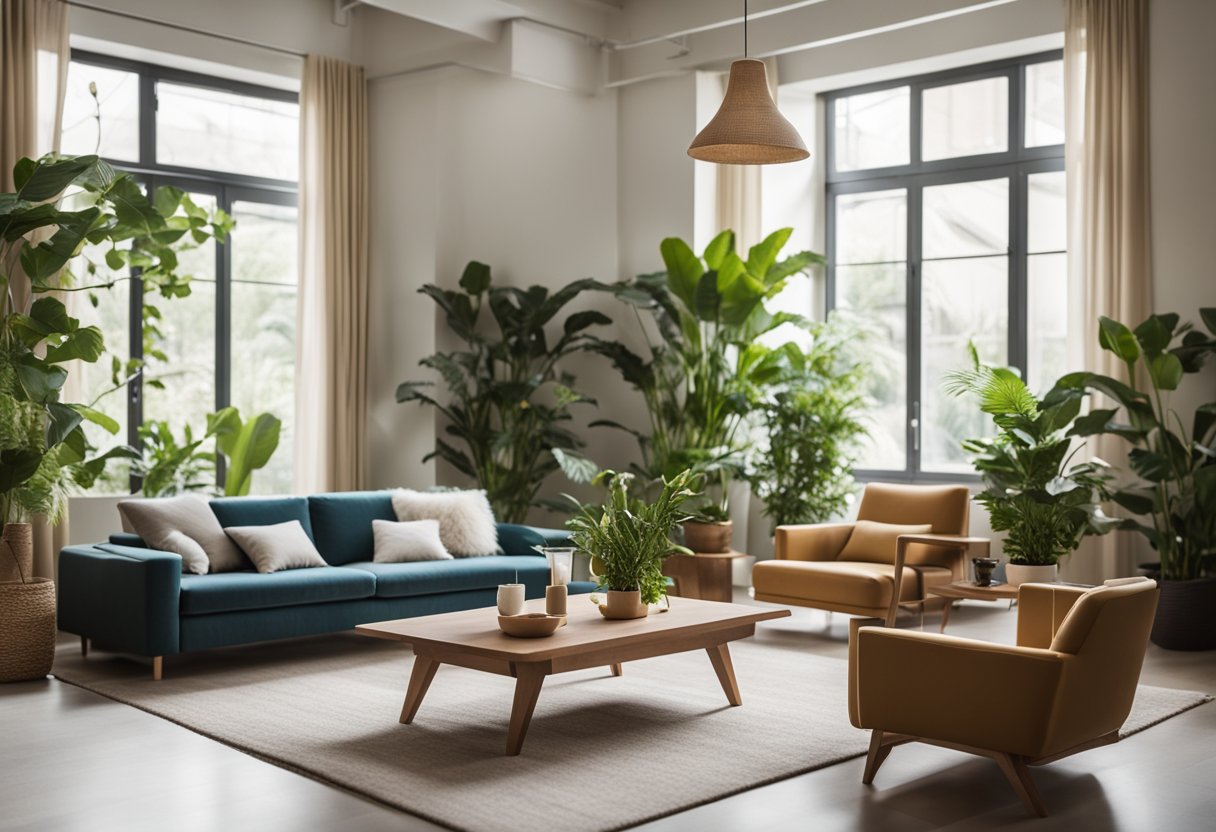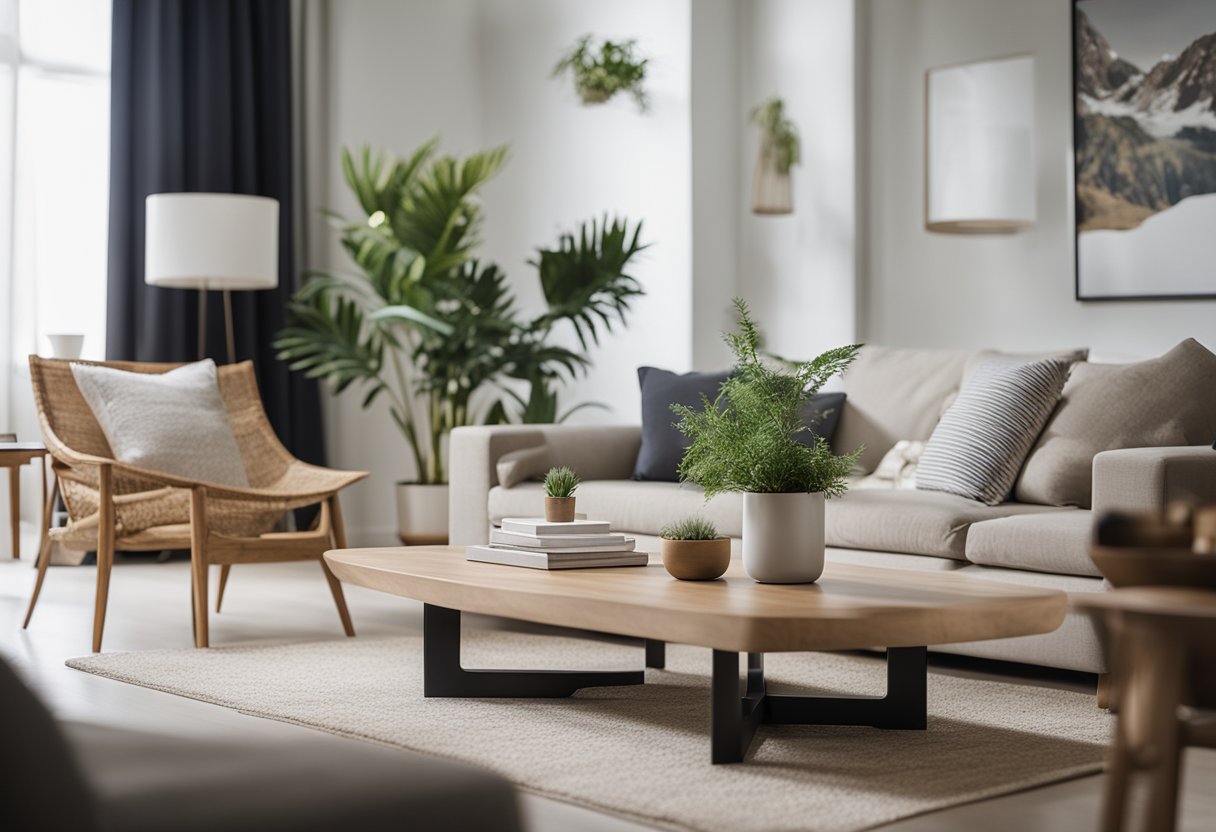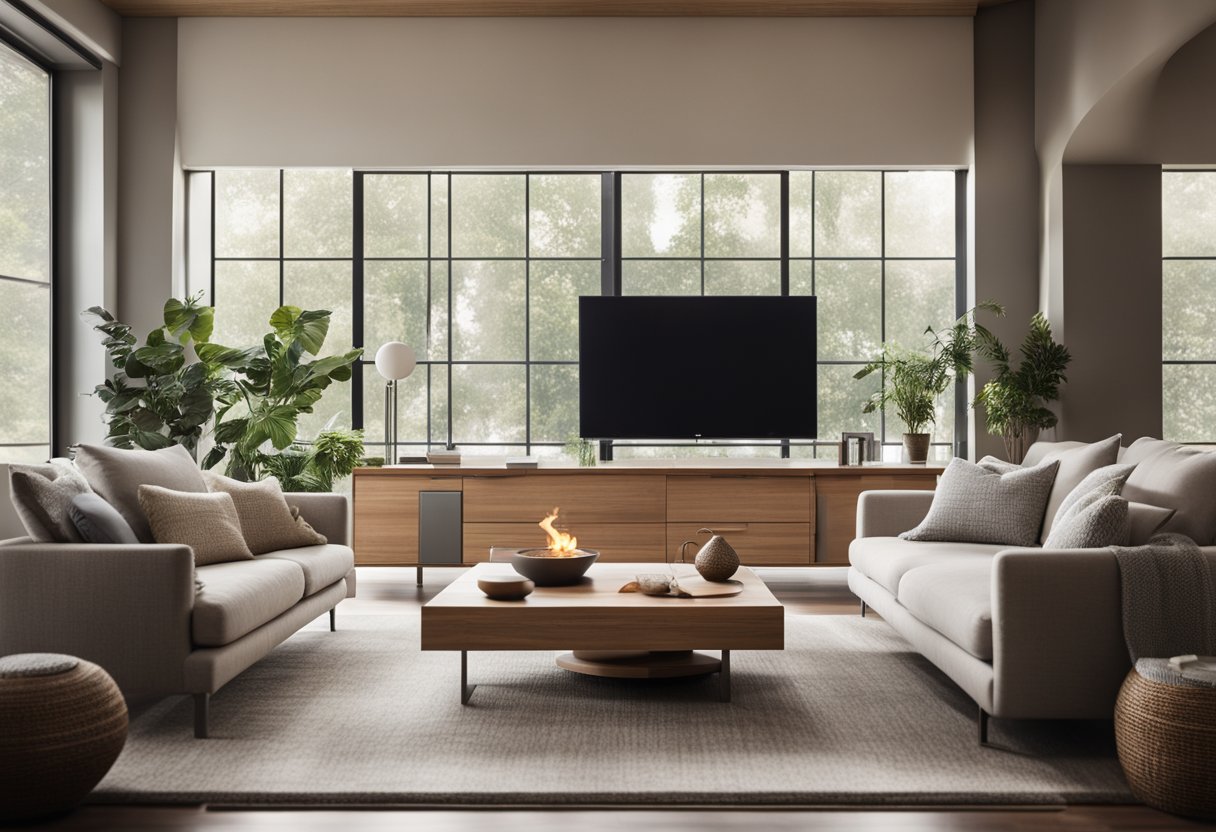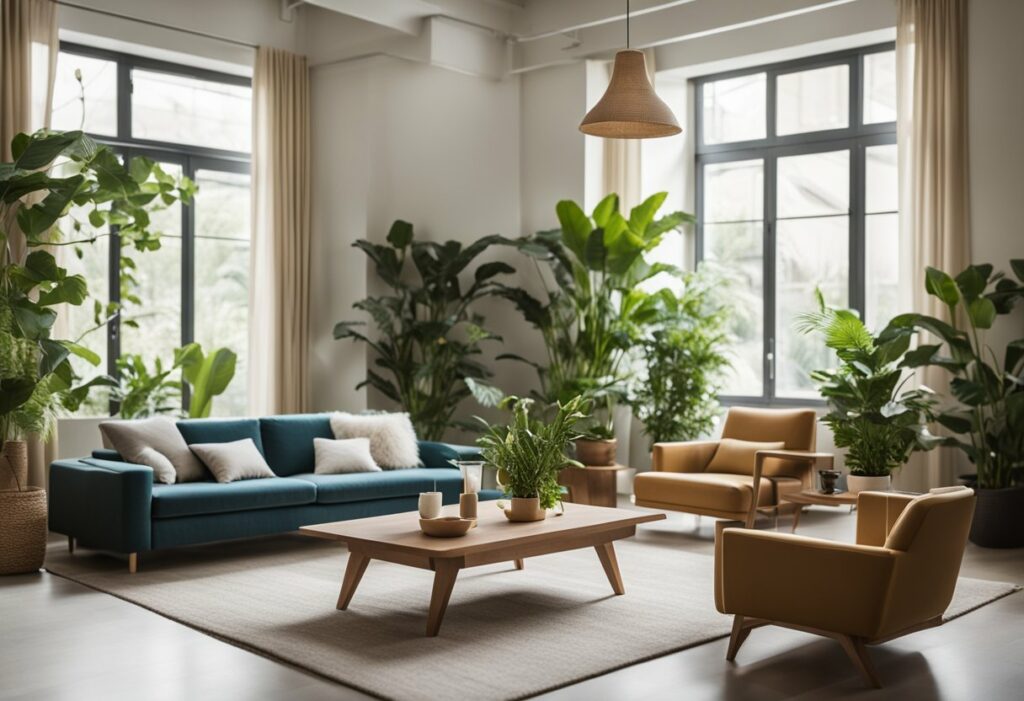What is Feng Shui Interior Design? Discover the Art of Harmonious Home Decorating!
Are you looking to create a harmonious environment in your home that promotes balance and positive energy flow? If so, you may want to consider incorporating feng shui interior design principles into your space. This ancient Chinese philosophy is all about positioning different elements in your home to optimize the flow of energy, or chi, to enhance different aspects of your life.

At its core, feng shui interior design is about creating a space that feels good to be in. It’s about cultivating mindfulness of your environment and using design to create a space that supports your well-being. By using feng shui principles, you can create a home that not only looks beautiful but also feels comfortable and promotes a sense of peace and tranquility.
If you’re new to feng shui interior design, you may have questions about how to get started or how to apply these principles in your home. In this article, we’ll explore the fundamentals of feng shui interior design and provide practical applications for using these principles in your home spaces. We’ll also answer some frequently asked questions to help you get a better understanding of this ancient philosophy and how it can benefit your home and your life.
Key Takeaways
- Feng shui interior design is all about positioning different elements in your home to optimize the flow of energy, or chi, to enhance different aspects of your life.
- By using feng shui principles, you can create a space that not only looks beautiful but also feels comfortable and promotes a sense of peace and tranquility.
- Practical applications for feng shui interior design include using the Bagua map, incorporating the five elements, and decluttering your space.
Fundamentals of Feng Shui Interior Design

If you’re looking to create a harmonious and balanced living space, then incorporating Feng Shui principles into your interior design can help you achieve just that. Here are some of the fundamental concepts to keep in mind:
Understanding the Five Elements
Feng Shui is based on the belief that everything in the universe is made up of five elements: wood, fire, earth, metal, and water. Each element represents different qualities and emotions and can be used to create balance and harmony in your living spaces. For example, wood represents growth and vitality, while metal represents clarity and efficiency. Understanding the properties of each element and how they interact with each other is key to creating a harmonious space.
The Importance of Chi and Energy Flow
In Feng Shui, Chi (also known as Qi) is the life force energy that flows through everything. By arranging your living spaces in a way that allows for the free flow of Chi, you can create a space that is balanced and harmonious. This can be achieved by removing clutter, using natural light and colours, and incorporating living plants into your space.
Utilising the Bagua Map
The Bagua Map is a tool used in Feng Shui to map out the different areas of a house or space and how they correspond to different aspects of your life. The map is divided into eight areas, each representing different aspects of life, such as wealth, health, relationships, and creativity. By using the Bagua Map, you can identify areas of your home that may need attention and make adjustments to create balance and harmony.
By incorporating these fundamental principles of Feng Shui into your interior design, you can create a space that is not only aesthetically pleasing but also promotes balance, harmony, and positive energy flow. Remember to keep in mind the balance of yin and yang, the importance of wind and water, and the properties of the five elements to create a space that is truly harmonious.
Practical Applications in Home Spaces

If you’re looking to incorporate feng shui into your home, there are several practical applications you can implement to create a harmonious and balanced living space. Here are a few tips for creating positive energy flow in some of the most important areas of your home.
Creating Harmony in the Living Room
The living room is often the central gathering place in a home, so it’s important to create a space that fosters positive energy and encourages relaxation and social interaction. To achieve this, start by choosing comfortable furniture that promotes comfort and conversation. Avoid clutter and arrange furniture in a way that promotes natural flow and encourages interaction. Consider incorporating natural elements like plants and natural light to promote a sense of calm and tranquility.
Fostering Restful Energy in the Bedroom
The bedroom is a space for rest and rejuvenation, so it’s important to create a space that promotes relaxation and restful energy. Start by choosing a comfortable bed with a supportive mattress and high-quality bedding. Consider incorporating calming colours like blue or green, and avoid using bright or bold colours that can be overstimulating. Keep the space free of clutter and consider incorporating natural elements like plants or natural light to promote a sense of calm.
Enhancing Productivity in the Home Office
If you work from home, it’s important to create a space that promotes productivity and focus. Start by choosing a comfortable and supportive desk chair and a desk that promotes good posture. Consider incorporating natural light and a view of the outdoors to promote a sense of calm and tranquility. Keep the space free of clutter and consider using a layout that promotes natural flow and encourages productivity.
Incorporating feng shui into your home can be a powerful way to promote positive energy flow and enhance your overall quality of life. By considering the layout, furniture, colours, and natural elements in your home, you can create a space that promotes balance, harmony, and positive energy flow.
Frequently Asked Questions

How can one incorporate feng shui principles into a living room layout?
To incorporate feng shui principles into your living room layout, consider the placement of furniture. Arrange seating in a way that promotes conversation and allows for easy movement around the room. Avoid placing furniture with sharp edges in areas where people walk. Use natural materials, such as wood and stone, to create a calming atmosphere. Finally, let in natural light and fresh air to promote positive energy flow.
What colours are considered auspicious in feng shui-themed interior design?
In feng shui-themed interior design, colours are chosen based on their symbolism. Red represents passion and good luck, while green represents growth and prosperity. Blue is associated with calmness and relaxation, and yellow represents happiness and warmth. White is often used to create a clean and peaceful environment, while black represents strength and sophistication.
In what ways does feng shui influence bedroom arrangement for optimal flow?
Feng shui encourages a bedroom layout that promotes relaxation and restful sleep. The bed should be placed in a position where it has a clear view of the door, but is not directly in line with it. Avoid placing the bed under a window or in a corner. Use soft, natural materials for bedding and decor, and avoid clutter and electronics in the bedroom.
Could you recommend any authoritative books on feng shui interior design?
If you’re interested in learning more about feng shui interior design, there are many books available on the subject. Some popular titles include “The Western Guide to Feng Shui” by Terah Kathryn Collins, “Feng Shui Your Life” by Jayme Barrett, and “The Complete Idiot’s Guide to Feng Shui” by Elizabeth Moran and Master Joseph Yu.
What are the foundational principles of feng shui in interior design?
The foundational principles of feng shui in interior design are based on creating a harmonious and balanced environment that promotes positive energy flow. This involves considering the placement of furniture, the use of natural materials, and the incorporation of colours and decor that have positive symbolism.
Are there any courses available that specialise in feng shui for interior design?
Yes, there are courses available that specialize in feng shui for interior design. These courses cover topics such as the history and principles of feng shui, how to apply feng shui to interior design, and how to create a feng shui business. Some popular courses include the Feng Shui Interior Design Certification Program by the International Feng Shui School and the Feng Shui for Interior Designers course by the Feng Shui Institute.



